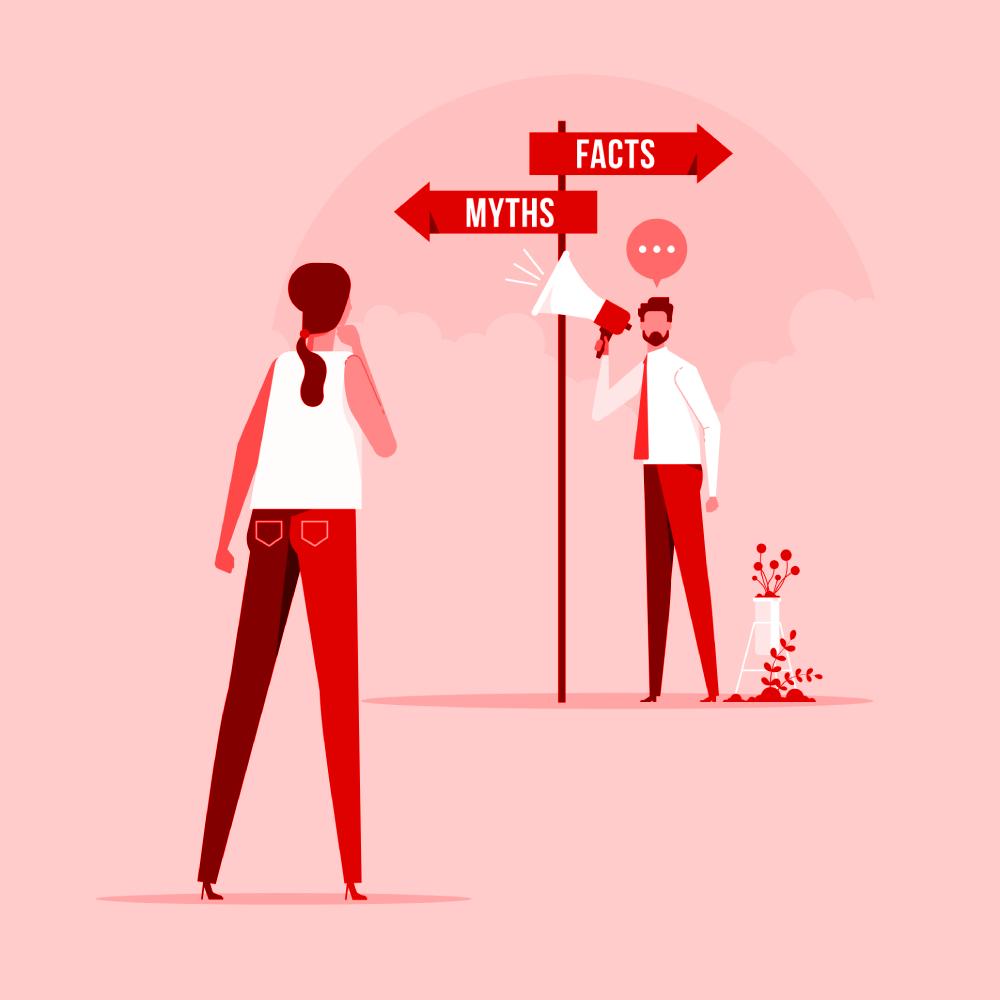
Let’s be real, most people think everything about SEM is a myth. Having been in the SEM game for over a decade, I’ve seen it all. Here are the top 5 myths I’ve found most important to debunk. Why should you trust me? Well, in the 24 years SEM has existed, I’ve spent 11 of those years mastering it. (For those who find math challenging, that’s nearly half the lifespan of Google Ads.)
Myth #1: SEM only involves running campaigns on search engines.
Reality #1: This couldn’t be far from the truth. A good pay-per-click (PPC) manager or digital strategist would tell you that your strategy should be a two-pronged approach:
- Paid search ads – directly targeting potential customers through ads.
- Organic search engine optimization (SEO) – improving your site’s visibility organically.
The synergy between SEM and SEO significantly enhances the effectiveness of both strategies. A few reasons include:
- Increasing your overall traffic by 20-30%. These are quality users coming to your site, not just bouncing off.
- Increasing your click-through-rates (CTR) in both organic and paid listings on the search engine results page (SERP).
- Improved conversion rates and lower acquisition costs.
Myth #2: The highest bids always secure the top ad spot on the SERP.
Reality #2: Ad placement is determined by the ad rank, which includes factors like bid amount, quality score (shout out to my SEO strategy!), ad copy effectiveness, and relevance of the ad to the search term. In fact, overbidding can just inflate costs without improving performance. Can everyone stop that now? Inflation is already challenging enough.
Myth #3: SEM campaigns are ‘set it and forget it’. They don’t need any attention after setup.
Reality #3: If this were true, I wouldn’t have held a job for as long as I have. The most successful campaigns I’ve run have required continuous monitoring, testing and most importantly, optimization. Competition in most industries is rife, especially in the automotive market (that’s what Bedford Advertising specializes in, by the way). Regular adjustments keep your campaigns competitive and effective.
Myth #4: SEM is too expensive for small businesses.
Reality #4: It’s time to bust that myth! In reality, even small businesses can benefit from having a highly targeted campaign. Now this requires some finessing with making sure we’re focused on relevant keywords and local search terms to control costs but when done appropriately, we can achieve a significant return on investment (ROI). This also goes in conjunction with myth busting number 3. You can’t finesse by setting and forgetting.
Myth #5: SEM is primarily beneficial for e-commerce websites.
Reality #5: The truth is, SEM can be used by a various number of businesses like local businesses, service-based businesses, B2B companies, non-profits and educational institutions, and even entertainment and events. SEM campaigns are designed to increase visibility with targeted advertising that offers quick and measurable results. Can anyone off the street run these campaigns? Sure, all it takes is a few concentrated Google sessions to learn how to do it. Will it be done effectively? Probably not. Which leads me to my next point.
Shameless plug: Though Bedford Advertising specializes in automotive advertising, our digital team has experience in running SEO and SEM campaigns for all businesses across the ones listed above. If you’re in the market for a full-service ad agency, contact us today!

Alyssa Mohammed
Digital Strategy Director
